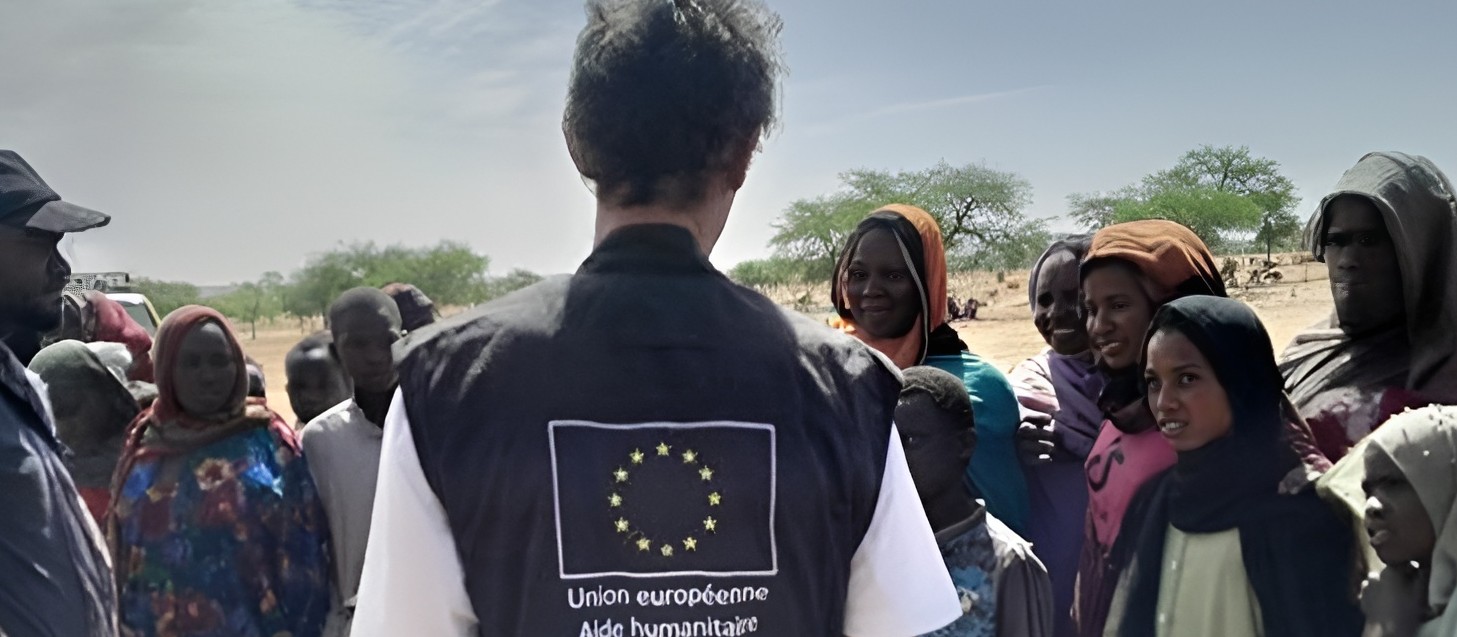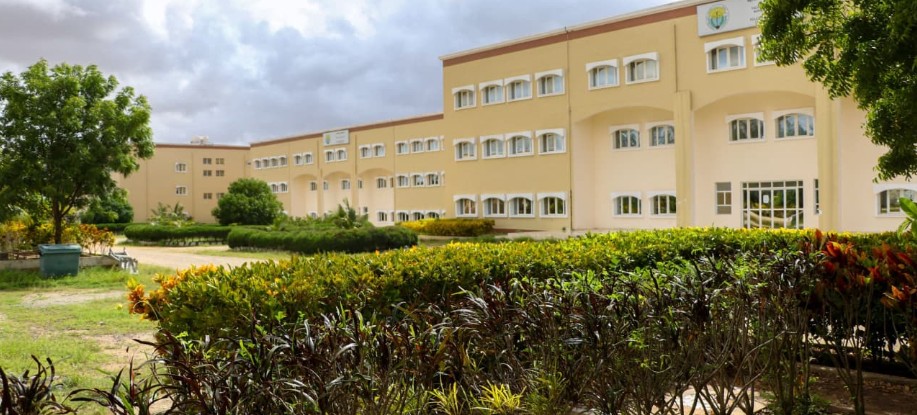Nearly entire global population exposed to harmful environments - World Bank

The report highlights that in low-income countries the situation is even worse, with eight out of ten people lacking all three essentials: clean air, fertile land, and safe water.
A World Bank report has revealed that nearly the entire global population, around 90 per cent, is exposed to harmful environments, including polluted air, unsafe water, and degraded land, threatening both livelihoods and economic development.
Titled Reboot Development: The Economics of a Livable Planet, the report highlights that in low-income countries, the situation is even worse, with eight out of ten people lacking all three essentials: clean air, fertile land, and safe water.
More To Read
- Millions of hectares are still being cut down every year. How can we protect global forests?
- COP30 delivers mixed results on climate action, WEF experts say
- Managing conflict between baboons and people: what’s worked - and what hasn’t
- Kenya, Sweden partner to curb billions lost in post-harvest food waste
- UNEA-7 opens in Nairobi as global environmental diplomacy faces major challenges
- 2025 set for second-hottest year on record
These conditions, the Bank warns, are putting intense pressure on health, daily life, and future growth prospects.
The study underscores that environmental damage is no longer just an ecological issue but an economic one. Deforestation, for example, disrupts rainfall, dries soils, and worsens droughts, resulting in billions of dollars in annual losses.
“People and communities around the world are not just facing an environmental crisis, but an economic one,” said Axel van Trotsenburg, Senior Managing Director at the World Bank.
Yet the report stresses that solutions are within reach.
“The good news is that solutions exist. If countries make the right investments now, natural systems can be restored, with substantial returns on growth and jobs,” Trotsenburg said.
He added that the study “offers a new lens for looking at environmental challenges, not as constraints, but as opportunities for smarter development.”
One striking finding is the “nitrogen paradox.” While fertilisers boost agricultural yields, excessive use in some areas has damaged soils, water systems, and ecosystems, producing global costs estimated at $3.4 trillion each year.
Air and water pollution are also identified as hidden barriers to human potential, reducing productivity and impairing cognitive abilities.
The report highlights several practical interventions. Efficient fertiliser use could generate 25 times more benefits than costs while increasing crop output. Expanding water and sanitation access, including measures such as chlorinating drinking water, could prevent a quarter of child deaths linked to unsafe water.
Additionally, the study points to “pollution markets” as a high-impact strategy, where every $1 (Sh129.3) invested could produce $26 (Sh3,363) to $215 (Sh27,816)in health and economic gains by lowering air pollution.
Overall, the World Bank concludes that restoring and managing natural resources efficiently could cut pollution by half and drive economic resilience, demonstrating that protecting the environment can be a powerful engine for development rather than a constraint.
Top Stories Today











































